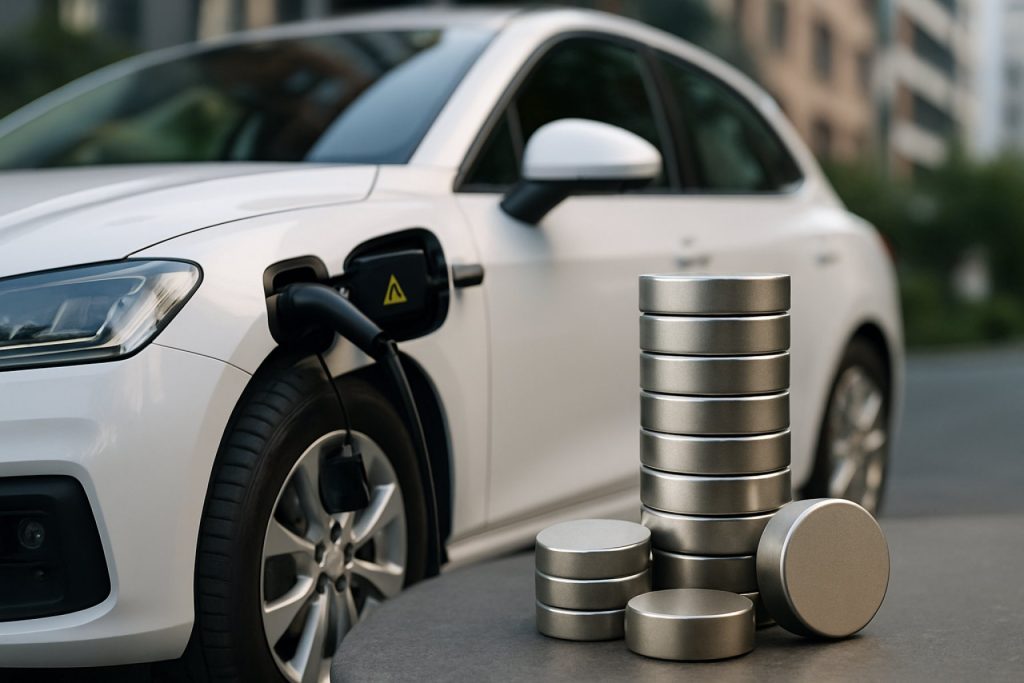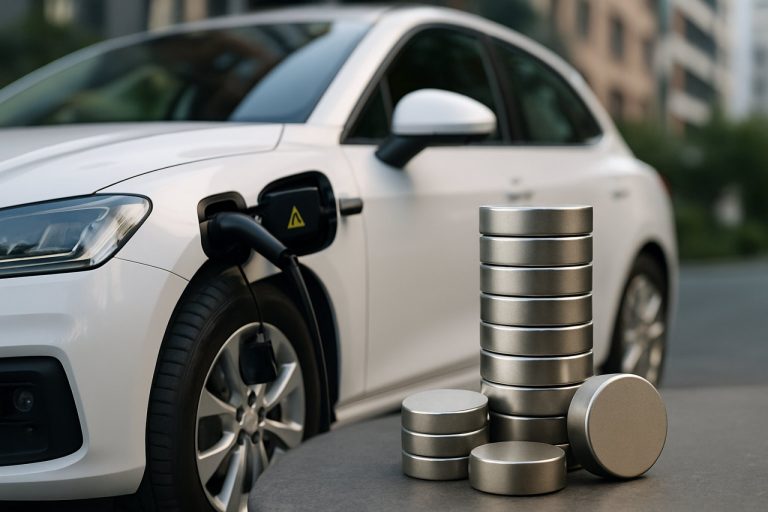
India’s Electric Dreams at Risk: Rare Earth Magnet Shortage Threatens 2025 EV Growth
India’s EV sector reels as China tightens rare earth magnet exports, threatening production and industry growth in 2025.
- China controls 90% of global magnet refining
- 6 key rare earths face new Chinese export curbs (April 2024)
- India’s EV sales: Up 49% in 2024, supply shock looms
- PLI scheme at risk if local assembly drops
The future of India’s electric vehicle (EV) industry hangs in the balance, as critical shortages of rare earth magnets threaten to halt production lines. Industry insiders, backed by a fresh Jefferies report, warn that India’s fast-growing EV sector could slam into a brick wall if desperate supply issues aren’t quickly resolved.
Why Are Rare Earth Magnets So Vital for EVs?
Rare earth magnets — especially those made of neodymium, praseodymium, and dysprosium — power the heart of modern EV motors. Their incredible strength and efficiency make them irreplaceable in high-performance, compact electric vehicles.
China, holding a staggering 90% of the world’s refined rare earth output and nearly three-quarters of mining, sets the global supply tone. In April 2024, Beijing tightened its grip by imposing new export controls on six vital heavy rare earths and all rare earth magnets, demanding prior government approvals for overseas shipments.
How Did the Crisis Emerge — And Why Now?
India’s EV makers already depend heavily on Chinese imports for magnets. The moment China announced its export curbs, Indian firms felt the squeeze: delays, price uncertainty, and shrinking inventories.
The Federation of Automobile Dealers Association (FADA) warns that once those limited supplies dry up, the entire EV value chain will face serious bottlenecks. Major companies now scramble for solutions, but the options are few and far between.
What Are Indian Companies Doing to Survive?
Some manufacturers — facing magnet shortages — consider importing fully assembled EV motors directly from China. On paper, this fast-tracks access. In reality, it opens a Pandora’s box:
– New import routes disrupt existing supply chains
– Imported motors may require fresh regulatory (homologation) clearances to meet Indian standards
– Local value-add drops, risking government subsidies under the crucial PLI scheme
Q: Can India Boost Its Magnet Production or Find Alternatives?
Currently, domestic rare earth processing and magnet manufacturing are in their infancy. The government is in high-level talks with private players to set up strategic stockpiles and boost local output. Fiscal incentives and new policies are under active discussion — but experts say scaling up will take years.
Learn more about India’s fastest-growing green tech ambitions at NITI Aayog and industry updates at SIAM.
Q: Are There Global Moves to Break China’s Rare Earth Chokehold?
Other nations — including the US, Australia, and EU — are racing to diversify supply and strengthen processing capacity. Until these efforts mature, China’s dominance remains virtually unchallenged. Stay updated with international market analysis at Reuters and Financial Times.
How Can Indian EV Makers Survive 2025?
– Stockpile: Secure inventory while supplies last
– Diversify supply: Seek alternative sources, though few rival China’s scale
– Accelerate local innovation: Invest in magnet processing within India
– Engage government: Push fast-tracking of incentives and clearances
—
The race to secure rare earth magnets is on — and India’s EV surge depends on it.
- ✔ Monitor rare earth supply chain shifts closely
- ✔ Engage with the latest government incentive programs
- ✔ Invest in R&D for local rare earth processing
- ✔ Forge strategic partnerships with global suppliers
- ✔ Stay informed via top sources like Bloomberg & Autocar India
Don’t let India’s green mobility movement stall — now’s the time to act.



